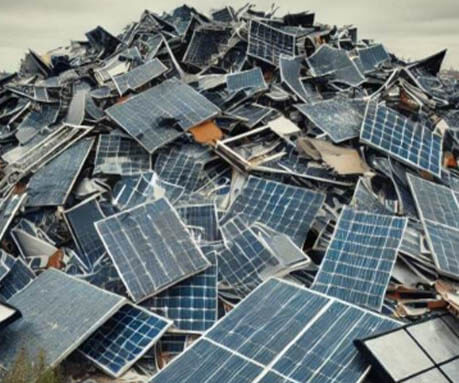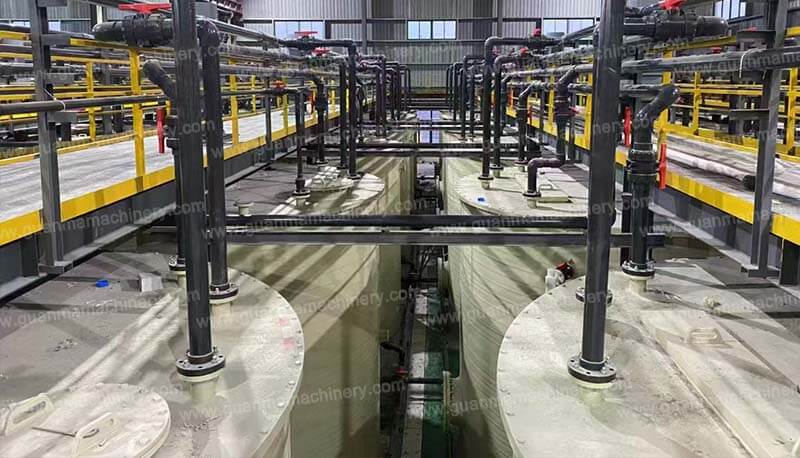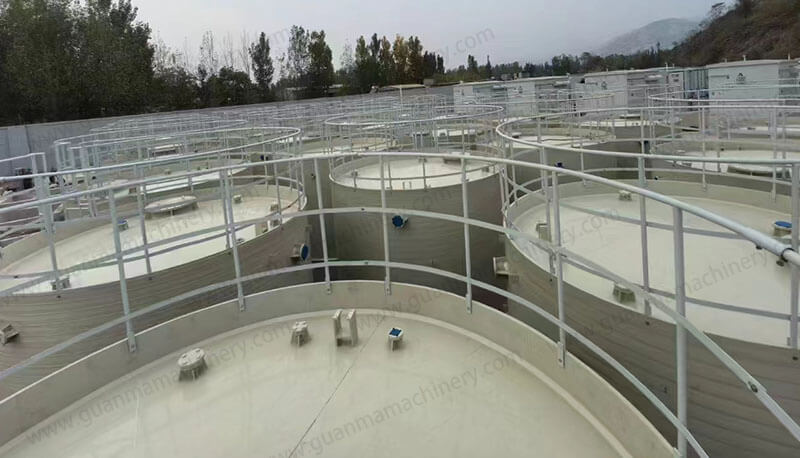As the demand for sustainable waste management surges, entrepreneurs and businesses are asking: How much does it cost to set up a lead acid battery recycling plant? Whether you’re exploring the lead acid battery recycling process, analyzing the battery recycling business cost, or planning how to start a battery recycling business. Discover the steps, expenses, and strategies to build a compliant, profitable lead battery recycling plant while contributing to a circular economy.
Why Invest in a Lead Acid Battery Recycling Plant?
Lead acid batteries power everything from cars to telecom systems, but 99% of their components are recyclable. With over 260 million batteries discarded annually in the U.S. alone, recycling isn’t just eco-friendly—it’s a lucrative battery recycling business model. Key benefits include:
Regulatory Compliance: Strict laws like the EU Battery Directive mandate recycling rates of 65–80%.
Resource Recovery: Extract lead, plastic, and sulfuric acid for resale.
Market Growth: The global lead acid battery recycling market is projected to reach $24.7 billion by 2030.
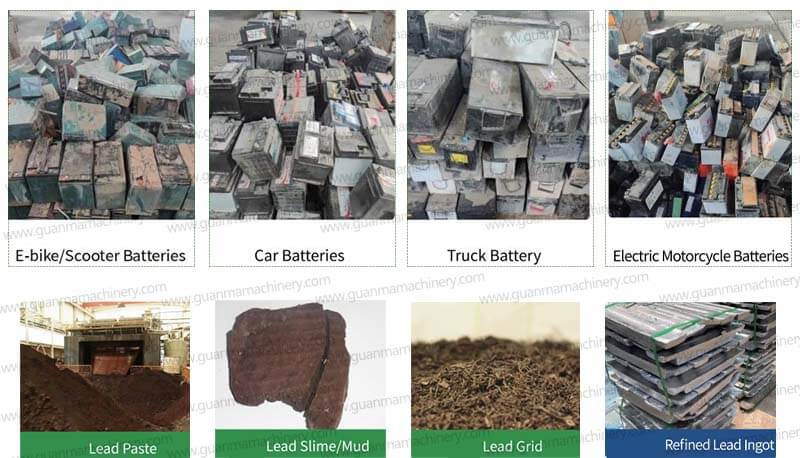
Lead Acid Battery Recycling Plant Cost Breakdown
The lead acid battery recycling plant cost depends on scale, technology, and location. Here’s a detailed breakdown:
1. Small-Scale Plant ($200,000–$500,000)(This data is for reference only):
Capacity: 5–10 tons/day.
Features: Manual sorting, basic crushing, and lead smelting furnaces.
Best For: Regional recyclers targeting automotive workshops.
2. Mid-Scale Plant ($500,000–$2 Million)(This data is for reference only):
Capacity: 20–50 tons/day.
Features: Automated battery breakers, acid neutralization systems, and air pollution controls.
ROI Boosters: Higher-purity lead recovery (98%+) and plastic pelletizing units.
3. Large-Scale Facility ($2 Million–$10 Million+)(This data is for reference only):
Capacity: 100+ tons/day.
Features: Full-spectrum automation, closed-loop hydrometallurgical processes, and byproduct refinement (e.g., sodium sulfate crystals).
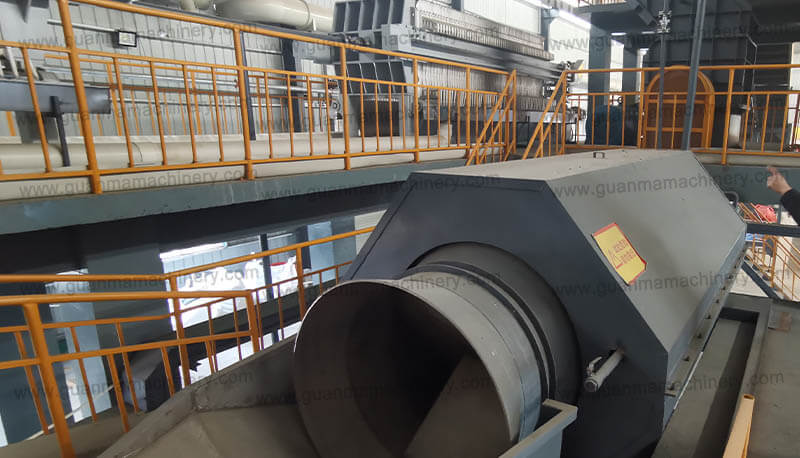
Key Cost Drivers:
Technology: Pyrolysis vs hydrometallurgical methods (the latter reduces emissions but costs 25% more).
Labor: Automated plants cut workforce costs by 40%.
Waste Handling: Acid treatment systems add $100,000–$300,000(This data is for reference only).
Lead Acid Battery Recycling Process: Step-by-Step
Understanding the lead battery recycling process ensures operational efficiency:
1. Collection & Sorting:
Partner with scrap dealers or auto shops to source spent batteries. Remove non-lead parts (e.g., labels).
2. Battery Breaking:
Use a hammer mill or crusher to break batteries, separating plastic cases, lead plates, and acid.
3. Neutralization:
Treat sulfuric acid with lime to produce sodium sulfate (used in detergents) or gypsum.
4. Lead Smelting:
Melt lead components in furnaces (1,000°C+) to remove impurities. Cast into ingots (99.9% purity).
5. Plastic Recycling:
Wash and shred polypropylene cases into pellets for new battery casings.
How to Start a Battery Recycling Business: 5 Key Steps
1. Market Research:
Identify local battery waste volumes and competitors. For example, India generates 1.8 million tons of lead acid batteries yearly.
2. Business Model Design:
Choose between B2B (collaborating with manufacturers) or B2C (direct collection from consumers).
3. Licensing & Compliance:
Secure permits for hazardous waste handling, air emissions, and workplace safety.
4. Equipment Procurement:
Invest in crushers, furnaces, and pollution control systems from certified suppliers(e.g., Guanma Machinery).
5. Partnerships:
Partner with logistics firms for collection and smelters for lead refining.
Maximizing Profit in Your Lead Battery Recycling Plant
Value-Added Products: Sell refined lead ($2,000–$2,500/ton) and recycled plastic ($800–$1,200/ton)(This data is for reference only).
Government Incentives: Leverage grants for green businesses.
Efficiency Upgrades: Install energy recovery systems to reduce fuel costs by 30%.
The Future of Battery Recycling
With EVs driving battery demand, the lead acid battery recycling plant setup is a long-term investment. Innovations like AI-powered sorting and zero-discharge systems will further boost profitability.
Ready to turn battery waste into revenue? Let’s build your sustainable venture today.

